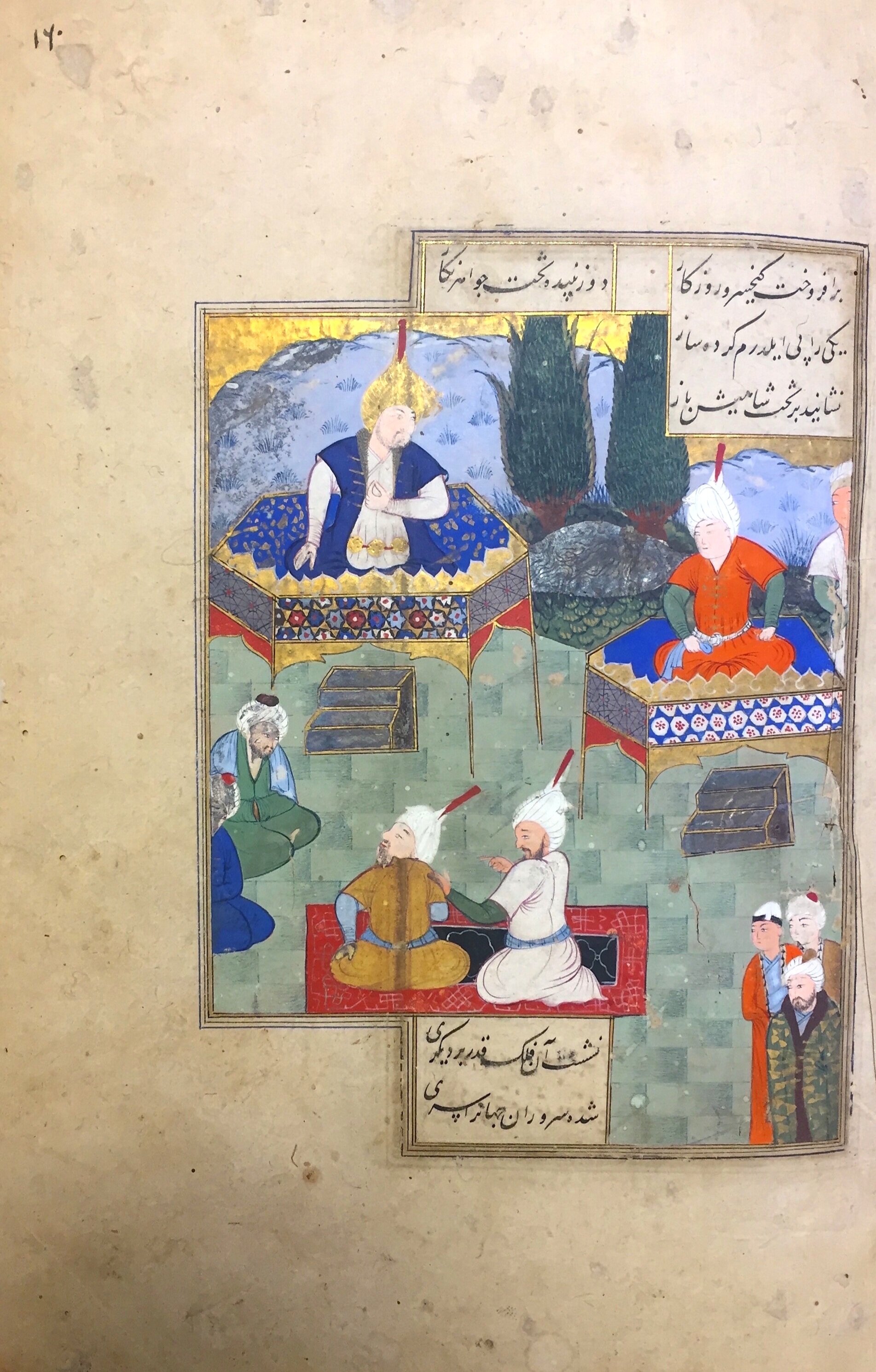Apelles Art Fund, King’s College Cambridge
© King’s College, Cambridge
The Marks Family Charitable Trust has worked, for three consecutive years, to support a credible King's College Fund for the Arts. The Apelles Art History Fund was established by King’s College in 2016 to support original research in the history of art at the College, patrimonial acquisitions and the restoration of art works owned by the College.
"The intention of the College in establishing the fund is to support the academic study of art history at the College… The College’s hope is that donations to the fund will lead to establishing a permanent fund to support original research in art history at the College, including teaching and curatorial responsibility. In the first years, one of the priorities of the Apelles Art History Fund will be research on the College’s works of art, including the Keynes Collection. The Apelles Art History Fund will be administered and managed in accordance with policy set by the College Council on behalf of the College."
Today, the fund gives grants to students, former students and young researchers in the bridging period between their studies and their first job, but also to make possible student initiatives. A main achievement of the fund has been the cataloguing of the collection of manuscripts given by Edward Ephraim Pote (1750-1832) in 1788. This consists of a collection of Oriental, mainly Persian manuscripts (more than five hundred and fifty volumes, divided between the colleges of King’s and Eton) collected by Colonel Antoine-Louis Henri de Polier (1741–1795) in India.
Timur Holding Court in the Garden, from the Timur-nama by Abdullah Hatifi (1454-1521). Iran, first half of the 16th century.
Cambridge, King's College, Ms. Pote 85, f. 160r.
© Kings College, Cambridge
The fund is also the driving force behind the cataloguing of the art collection, bequeathed by the economist Maynard Keynes to King’s College in 1946. Keynes commissioned two schemes of paintings for his College rooms which evidence the changing styles and artistic influences of Duncan Grant and Vanessa Bell in the first decades of the twentieth century: The Dancers and Grape Pickers (c. 1910-11) and the Arts and Sciences (1920-22), which is the joint work of Duncan Grant and Vanessa Bell.
As part of the Bloomsbury Group comprising artists, writers and intellectuals, Keynes was close to Roger Fry, Duncan Grant and Vanessa Bell; he was painted by the Bloomsbury artists (the College has a rich collection of portraits of him and of his wife Lydia Lopokova), but also by others such as William Roberts (Roberts’ famous double portrait with Lydia of 1932 was given by King's College to the National Portrait Gallery in London in 1983). With Lydia he put together an important collection of paintings that included works by the Bloomsbury artists and English artists of the first half of the twentieth century, but also canvasses and drawings by Delacroix, Courbet, Cézanne, Renoir, Degas, Seurat, Picasso, Braque and Matisse among others.
Paul Cézanne, Still life with Apples, c. 1877-78, Cambridge, King’s College.
© King’s College, Cambridge
There are plans to write the catalogue of the collection and edit a book, to be published by in two volumes. The fund has organised a conference of workshops with the contributors to this book, which should be completed in 2022.
Further links ~
King’s College Cambridge website
More on the work of The Apelles Fund at King’s College




